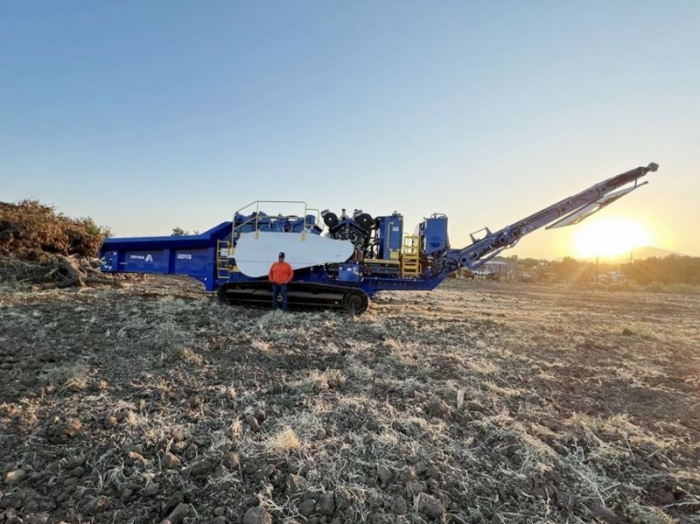The economic and environmental challenges facing California's grape growers
The struggle for sustainability and profitability in California's wine regions
2024-03-20

The recent buzz about vineyard removals across California has highlighted a pressing challenge facing the state's wine industry. Jeff Bitter, president of Allied Grape Growers, vocalized a stark reality at the Unified Wine & Grape Symposium in Sacramento, stating a need to remove 50,000 acres of vines to bring the market back to equilibrium. Despite some actions being taken, Bitter expressed concerns that it's not enough to prevent the oversupply expected in 2024. This situation underlines a deep-seated issue within the industry, where supply far outstrips demand, leading to significant economic and environmental repercussions.
In the heart of the matter lies the Central Valley, where vineyard removal has become a booming business. Richard Lopez, owner of Apex Farm Solutions, has witnessed firsthand the uptick in operations closing down, a sight previously uncommon in the region. The reluctance among growers to remove vineyards stems from the lack of viable alternatives for replanting, a dilemma exacerbated by the recent downturn in other agricultural sectors, such as nuts and fruits, which had been popular choices for repurposing land.
The narrative shifts when considering the environmental impact and regulatory changes facing the industry. The San Joaquin Valley, plagued by air quality issues, has imposed a ban on open burning of agricultural waste, including removed vineyards, starting next year. This move aims to mitigate pollution but adds another layer of complexity for growers facing the costly process of vineyard removal. The region's air quality challenges, stemming from its unique geography and climate, have long made agricultural burning a contentious issue.
The transition away from burning to more sustainable removal methods, such as grinding and incorporating the biomass back into the soil, is a positive step towards environmental stewardship. However, the costs associated with these methods, even with subsidies from the air pollution district, remain a significant burden for growers. The situation is dire enough that some farmers find themselves unable to afford the removal of unprofitable vineyards, let alone replant with new crops.
This economic strain is not just a story of numbers and regulations; it's about the people and the land at the heart of California's wine industry. Farmers like those in the raisin sector, facing the potential end of an era, are emblematic of the broader challenges confronting agriculture in the region. The story of vineyard removals is a microcosm of the shifting dynamics in agriculture, driven by market pressures, environmental concerns, and the relentless march of progress.
As the industry looks towards the future, the decisions made today will shape the landscape of California's wine country. With the clock ticking towards the burning ban and the market oversupply looming, the path forward requires innovation, adaptation, and perhaps most importantly, collaboration among all stakeholders. The tale of vineyard removals in California is more than a story of economic cycles; it's a pivotal chapter in the ongoing saga of balancing human enterprise with the health of our planet.
Founded in 2007, Vinetur® is a registered trademark of VGSC S.L. with a long history in the wine industry.
VGSC, S.L. with VAT number B70255591 is a spanish company legally registered in the Commercial Register of the city of Santiago de Compostela, with registration number: Bulletin 181, Reference 356049 in Volume 13, Page 107, Section 6, Sheet 45028, Entry 2.
Email: [email protected]
Headquarters and offices located in Vilagarcia de Arousa, Spain.